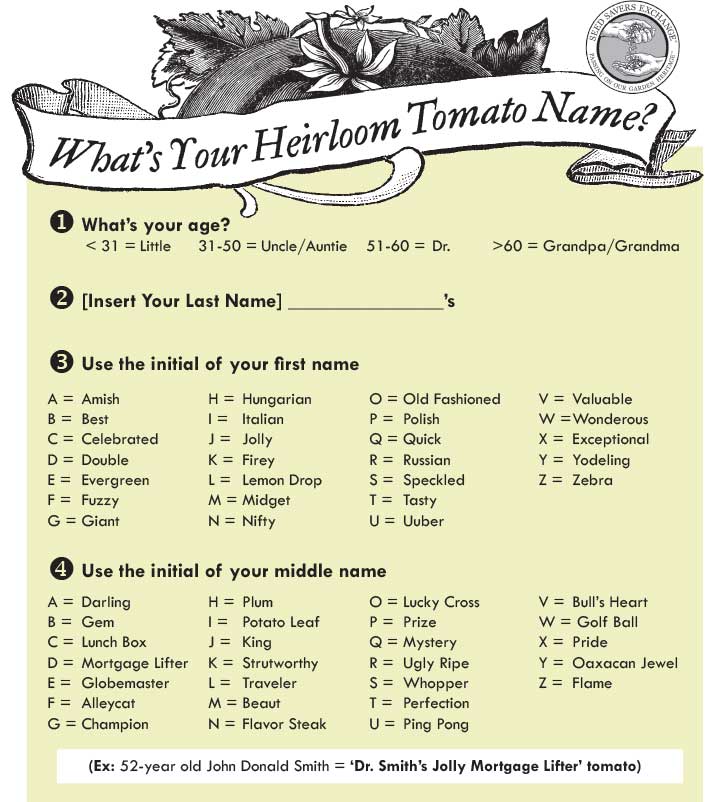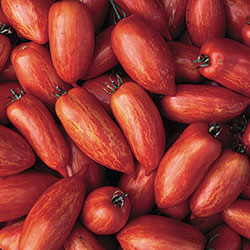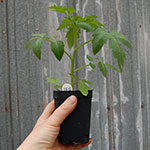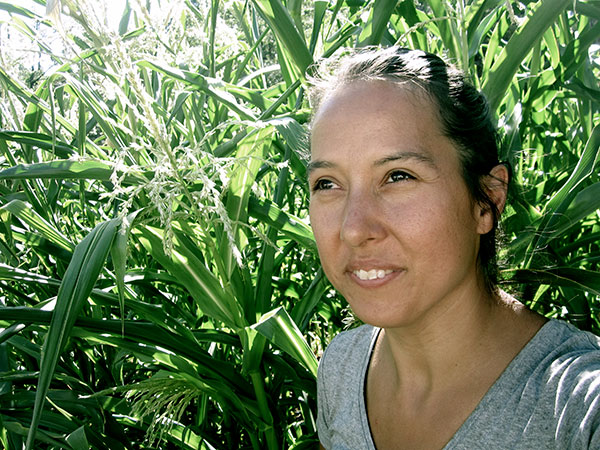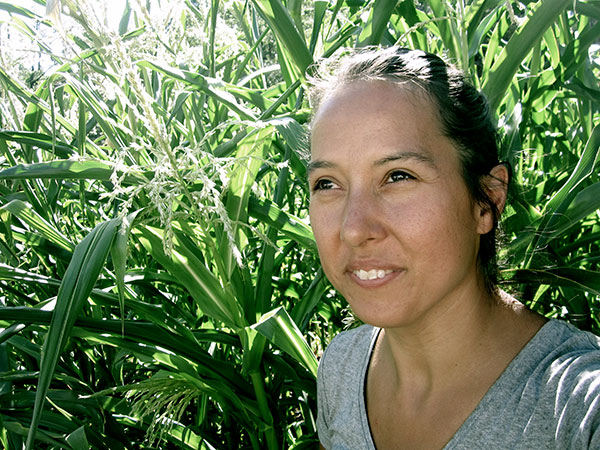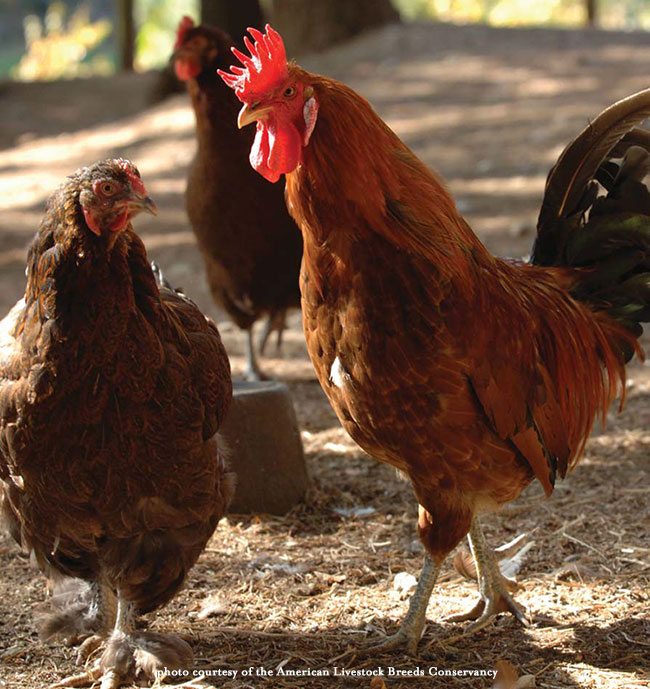 The first sentence in my book, Gathering, reads “I grew up knowing that you harvest horseradish only in the months with an “r” in them and that every day gets a “rooster step” longer after the shortest day of the year.”
The first sentence in my book, Gathering, reads “I grew up knowing that you harvest horseradish only in the months with an “r” in them and that every day gets a “rooster step” longer after the shortest day of the year.”
I understood the horseradish part, but for the longest time I was never quite sure of my Grandma Einck’s observation. The stride of a rooster—especially our bantams—isn’t much to speak of; it’s more like a baby step. But, as I’ve grown older, I’ve come to understand her wisdom. The shortest day of the year is December 21 (when the sun set this year at about 4:30 pm), but by the end of January it might stay light until 5:15 p.m. And of course, by the first day of summer, the days seem longer by a thousand rooster steps. One rooster step isn’t much, but a couple hundred rooster steps is the difference between a cold long winter’s night and a glorious summer evening. You can get a lot done with a few more rooster steps.
Grandma Einck’s insight has come to mind many times in my adult life. When folks ask, “How did Seed Savers Exchange get started?” and “How did we get to where we are today?” I tell them that it certainly didn’t happen all at once, but it did happen with the certainty of a rooster’s step.
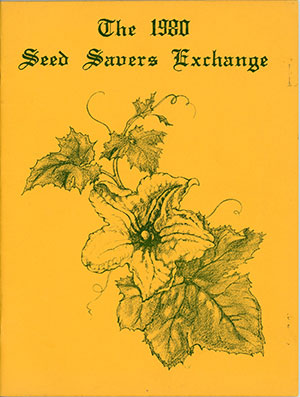
I am especially reminded of this when I see the Seed Savers Exchange Yearbook being compiled around this time of year. Our first six-page seed listing in 1979 was so small we printed our 29 members’ seed listings along with their letters in their entirety. The next year our group had grown to 142 and we printed the seventeen-page booklet on a hand-cranked mimeograph machine set up in an unheated back bedroom of our farmhouse. Today our members list more than 12,000 varieties in a 500 page book and we send it to more than 13,000 members. We also organize the listings for easy online access at exchange.seedsavers.org. Amazing to think of the growth in all areas of Seed Savers Exchange that has transpired with 40 years of roosters steps.
Solutions to problems like genetic diversity don’t have to all be complicated or large; they can be as bold or as small as you like. Just one simple act can make a difference. Plant a seed, save a seed, support your local farmers market, CSA or community gardens, and simply ask your grocer or restaurant about where your food comes from. These small acts, added together, will make a difference. Small is underestimated, small is a beginning; small can make an important contribution to your planet and family, even something as small as a rooster’s step.
Diane Ott Whealy is Co-Founder and Vice President of Seed Savers Exchange, the nation's leading non-profit seed saving organization. She wrote Gathering: Memoir of a Seed Saver to chronicle the organization's humble beginnings and growth into a respected leader in the grassroots movement to preserve our agricultural heritage.
_____________________________________________________________________

Join Seed Savers Exchange and gain access to the world's largest seed exchange.
Our non-profit mission is to conserve and promote America’s culturally diverse but endangered garden and food crop heritage for future generations by collecting, growing, and sharing heirloom seeds and plants.









